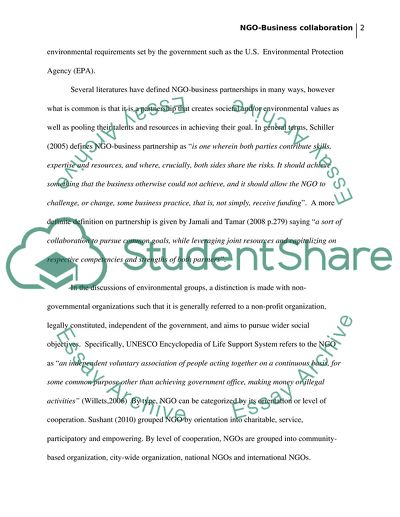Cite this document
(Collaboration between NGOs and Business in the Green Product Market Literature review, n.d.)
Collaboration between NGOs and Business in the Green Product Market Literature review. Retrieved from https://studentshare.org/environmental-studies/1747713-how-effective-is-the-collaboration-between-environmental-groups-and-businesses-in-green-product-market
Collaboration between NGOs and Business in the Green Product Market Literature review. Retrieved from https://studentshare.org/environmental-studies/1747713-how-effective-is-the-collaboration-between-environmental-groups-and-businesses-in-green-product-market
(Collaboration Between NGOs and Business in the Green Product Market Literature Review)
Collaboration Between NGOs and Business in the Green Product Market Literature Review. https://studentshare.org/environmental-studies/1747713-how-effective-is-the-collaboration-between-environmental-groups-and-businesses-in-green-product-market.
Collaboration Between NGOs and Business in the Green Product Market Literature Review. https://studentshare.org/environmental-studies/1747713-how-effective-is-the-collaboration-between-environmental-groups-and-businesses-in-green-product-market.
“Collaboration Between NGOs and Business in the Green Product Market Literature Review”, n.d. https://studentshare.org/environmental-studies/1747713-how-effective-is-the-collaboration-between-environmental-groups-and-businesses-in-green-product-market.


